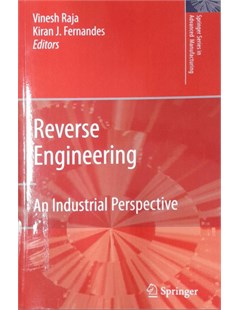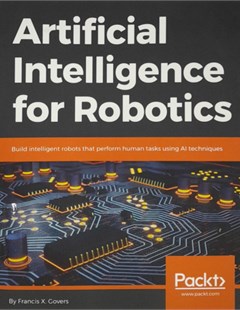Reverse Engineering: An Industrial Perspective
Reverse engineering is the process of discovering the technological principles of an object or component through analysis of its structure and function. Such analysis can then be used to redesign the object very quickly using computer-aided design in concert with rapid-manufacturing processes to produce small numbers of components adapted to the needs of a particular customer
2003
This edited collection of essays from world-leading academic and industrial authors yields insight into all aspects of reverse engineering. Methods of reverse engineering analysis are covered, along with special emphasis on the investigation of surface and internal structures. Frequently-used hardware and software are assessed and advice given on the most suitable choice of system.
Also covered is rapid prototyping and its relationship with successful reverse engineering.
Reverse engineering is the process of discovering the technological principles of an object or component through analysis of its structure and function. Such analysis can then be used to redesign the object very quickly using computer-aided design in concert with rapid-manufacturing processes to produce small numbers of components adapted to the needs of a particular customer. This way of working has huge benefits of speed and flexibility over traditional mass-production-based design and manufacturing processes.
This edited collection of essays from world-leading academic and industrial authors yields insight into all aspects of reverse engineering:
• The methods of reverse engineering analysis are covered, with special emphasis on the investigation of surface and internal structures.
• Frequently-used hardware and software are assessed and advice given on the most suitable choice of system.
• Rapid prototyping is introduced and its relationship with successful reverse engineering is discussed.
• Importantly, legal matters surrounding reverse engineering are addressed as are other barriers to the adoption of these techniques.
• Applications of reverse engineering in three significant areas: automotive; aerospace; and medical engineering are reported in depth.
Contents:
Introduction to reverse engineering;
Methodologies and techniques for reverse engineering-the potential for automation with 3-D laser scanners;
Reverse engineering - hardware and software;
Slecting a reverse engineering system; introduction to rapid prototyping;
Relationship between reverse enngineering and rapid prototyping;
Reverse engineering in the automotive industry;
Reverse engineering in the aerospace industry;
Reverse engineering in the medical device industry;
Legal aspects of reverse engineering;
Barriers to adopting revese engineering.
Vinesh Raja, Reverse Engineering: An Industrial Perspective,Springer,2003
 |  |  |
| Natural Language Processing with Python | Artificial Intelligence for Robotics: Build intelligent robots that perform human tasks using AI techniques |
Thứ Ba, 15:27 13/12/2022
Copyright © 2018 Hanoi University of Industry.